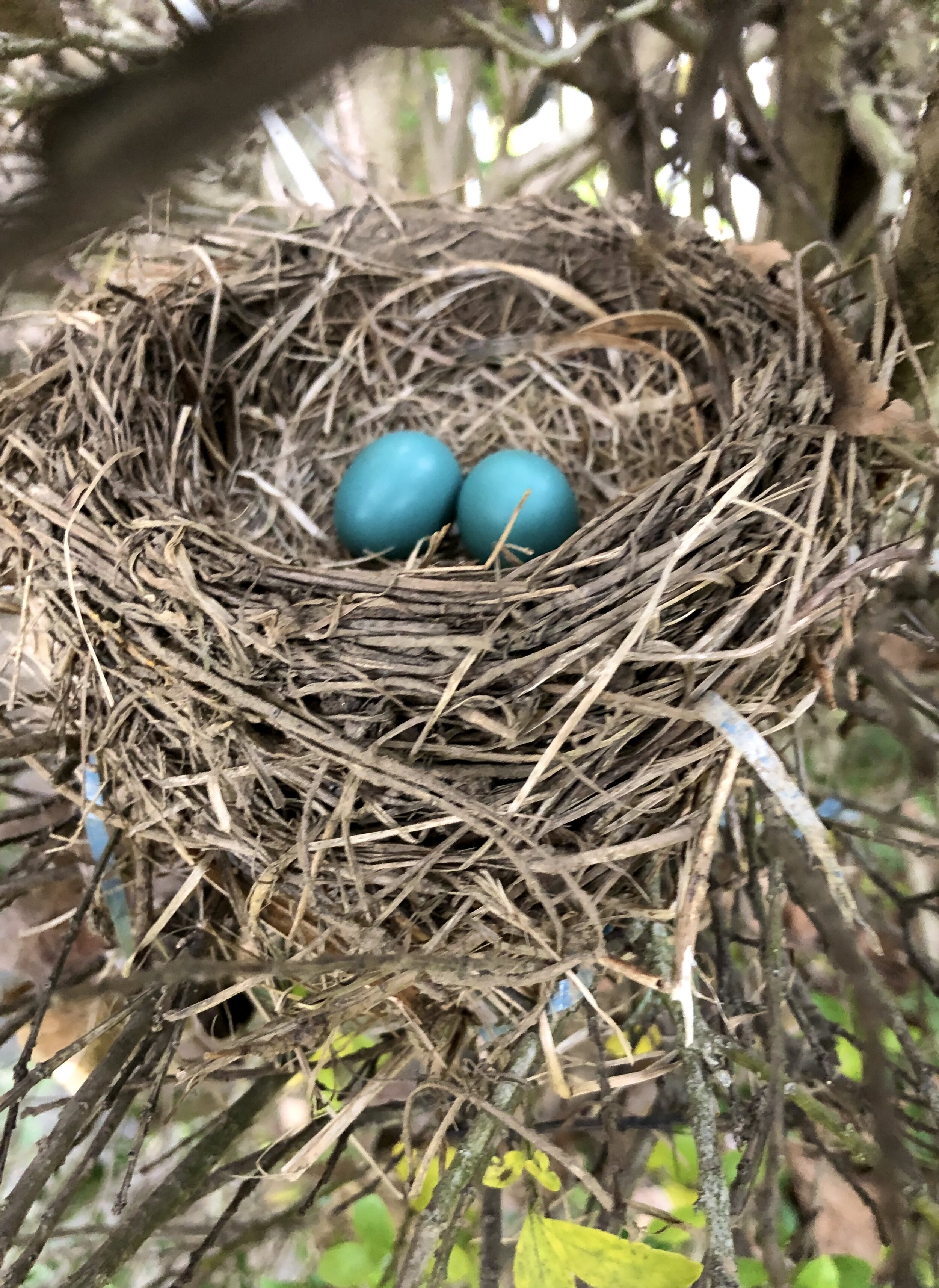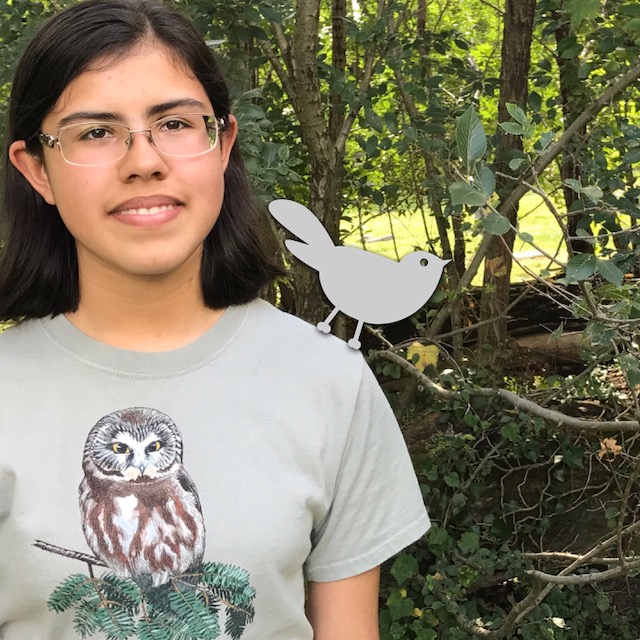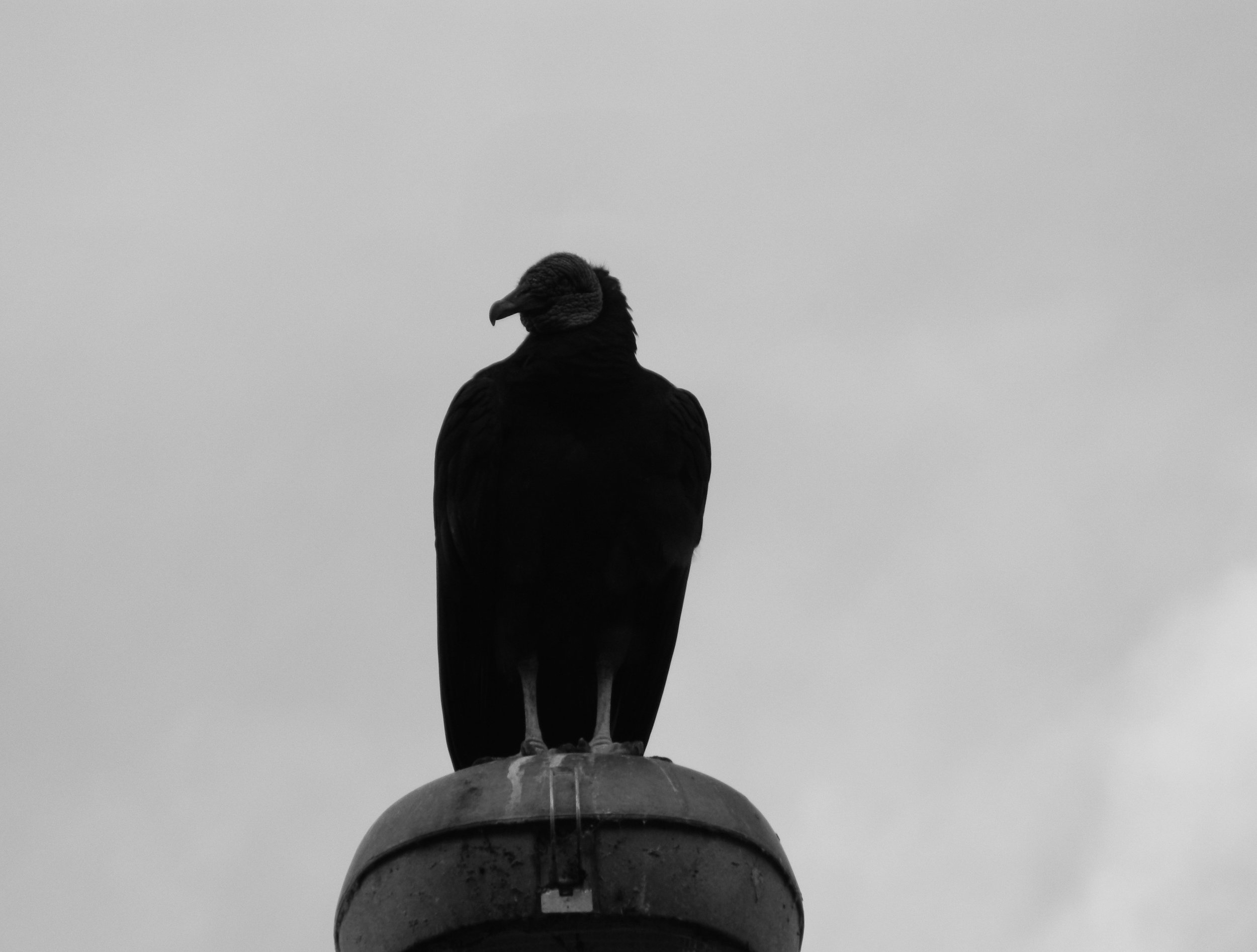Jan. 24, 2018 With the Super Bowl coming up, everyone is talking about the Eagles. What better way to celebrate your team's victory than seeing a wild Bald Eagle? See the list below for good places to see our national bird and the mascot of Philly's football team.
The Woodlands: Bald Eagles have been seen at the Woodlands, though they are not as common as some other birds. Since they eat fish, they are usually seen flying over the Schuylkill River. They can be seen year-round.
Feb. 28, 2018 Spring is just around the corner, and the weather seems to agree! For birding, this means spring migration! Two main groups of birds that pass through Philly is spring are warblers and shorebirds.
WARBLERS: small, often colorful insect-eating birds. Learning songs is helpful for identifying warblers high up in leafy trees. Yellow-rumped Warblers are winter birds for Philly, but most others pass though in spring and fall.
SHOREBIRDS: small to medium long-legged birds. They are often gray or brown, but cute despite dull color. They can be seen at the beach, on the shores of ponds, and on mudflats along rivers. Some stay year-round, but most migrate.
March 14, 2018 So you're watching a movie set in Alaska's wilderness. A Bald Eagle soars overhead, and you hear its majestic scream - "Kreeaa-kaa!"
Except... that's not really the sound that eagles make. The stereotypical hawk or eagle sound is the cry of the Red-tailed Hawk. This sound is used in place of the true eagle call for a good reason - Bald Eagles sound like hoarse chickens. To hear a recording of an eagle, click here: https://www.xeno-canto.org/explore?query=Bald+Eagle
April 11, 2018 Spring migration is a wonderful whirlwind of color, sound, and diversity. Many birds can only be seen in Philly during the spring and fall - they spend the summer farther north, like in Canada, and the winter farther south, in Florida or the Bahamas. One of these birds is the Blackpoll Warbler.
Blackpolls are known for their amazing flight from boreal forest in Alaska and Canada to South America. Some birds fly nonstop over the ocean! The blackpoll is not alone, however. Thrushes, orioles, and swifts also make incredible yearly journeys. Some shorebirds even make it to Argentina!
If you've been considering going on a birdwalk, now is the time! This display comes only once a year, so grab it while you can!
May 1, 2018 With the warmer weather comes a feathered cornucopia of color and activity! Let's take a closer look at the bird species and bird activity that we can expect to see in the next few weeks.
First of all, spring migration is nearing its peak! This means that many birds such as warblers, thrushes, and shorebirds are passing through Philly on their way to more northern regions. Also, birds like swallows and the Chimney Swift, to name a few, will return to breed right here.
Also, year-round residents like sparrows, finches, and woodpeckers are beginning to build nests. If you see a bird carrying grass, twine, or something similar, rest assured that it is busy constructing a safe home for its babies.
So head to the Woodlands, and see what springtime activity you can spot!












